The Face Lift (Face and Neck) Cost in Malaysia approximately starts from MYR 36031.5 (USD 7650)
| Country | Cost | Local_currency |
|---|---|---|
| Czechia | USD 3140 | Czechia 71247 |
| Greece | USD 3620 | Greece 3330 |
| Hungary | USD 3150 | Hungary 1097964 |
| India | USD 2810 | India 233652 |
| Israel | USD 9500 | Israel 36100 |
| Lithuania | USD 2160 | Lithuania 1987 |
| Malaysia | USD 7650 | Malaysia 36032 |
| Morocco | USD 5000 | Morocco 50200 |
| Poland | USD 4620 | Poland 18665 |
| South Korea | USD 8000 | South Korea 10741520 |
| Spain | USD 6320 | Spain 5814 |
| Switzerland | USD 12500 | Switzerland 10750 |
| Thailand | USD 11160 | Thailand 397854 |
| Tunisia | USD 4000 | Tunisia 12440 |
| Turkey | USD 3010 | Turkey 90721 |
| United Arab Emirates | USD 8030 | United Arab Emirates 29470 |
| United Kingdom | USD 5050 | United Kingdom 3990 |
Treatment cost

Some of the key inclusions which we provide as additional benefits of the package are:
We provide packages at economical prices with a number of additional benefits which make it a better opportunity than spending actual hospital costs with singular benefits. Full face lift is an elaborate procedure for lifting and tightening facial tissues. Skin is elevated as well as the tissues and muscles under it are tightened. The fat which is present in the neck and face could have to be either redistributed, sculpted or even removed. The skin is then put over the new face contours. This is followed by removing extra skin and stitching or taping the wound. The procedure is also called a rhytidectomy., Excellent package deals are offered by us in collaboration with Kardiolita Hospital, Vilnius in Lithuania.

We provide numerous services for your medical journey, including:
We provide packages at economical prices with a number of additional benefits which make it a better opportunity than spending actual hospital costs with singular benefits. Facelift surgery whose other name is Rhytidectomy removes ageing related signs that include loose skin, wrinkles, creases, deposits that are saggy. The time period when a facelift lasts is around 7 to 10 years. The people who get a facelift done are in the average age bracket of mid 40s to early 50s which can be followed with another one in mid 60s to late 60s., In Medicana Camlica Hospital, Turkey, packages are available that make your facelift process easy and affordable.
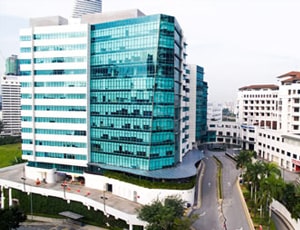
Parkway Pantai located in Kuala Lumpur, Malaysia is accredited by JCI. Also listed below are some of the most prominent infrastructural details:


Apart from in-detail treatment procedures available, Beverly Wilshire Medical Centre located in Kuala Lumpur, Malaysia has a wide variety of facilities available for International Patients. Some of the facilities which are provided by them are Accommodation, Airport Transfer, Choice of Meals, Interpreter, SIM, TV inside room. Also listed below are some of the most prominent infrastructural details:
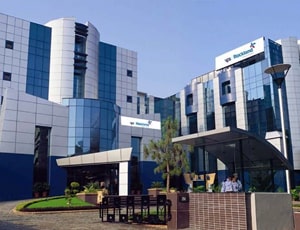
Types of Face Lift (Face and Neck) in Medeor Hospital and its associated cost
| Treatment Option | Approximate Cost Range (USD) | Approximate Cost Range (INR) |
|---|---|---|
| Face Lift (Face and Neck) Overall | 2643 - 3313 | 218235 - 269838 |
| Traditional Face Lift | 2952 - 3389 | 241105 - 278930 |
| Mini Face Lift (S-Lift) | 2894 - 3345 | 238024 - 274529 |
| Mid-Face Lift | 2853 - 3240 | 233771 - 266562 |
| Lower Face and Neck Lift | 2902 - 3264 | 239380 - 268748 |
| Thread Lift | 2878 - 3334 | 236227 - 273304 |
DOCTORS IN 13 SPECIALITIES
FACILITIES & AMENITIES
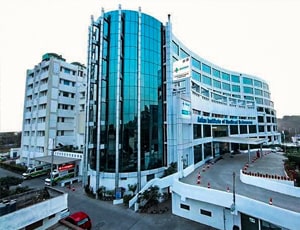
Types of Face Lift (Face and Neck) in Asian Institute of Medical Sciences and its associated cost
| Treatment Option | Approximate Cost Range (USD) | Approximate Cost Range (INR) |
|---|---|---|
| Face Lift (Face and Neck) Overall | 2662 - 3298 | 217372 - 270699 |
| Traditional Face Lift | 2952 - 3399 | 241899 - 278465 |
| Mini Face Lift (S-Lift) | 2901 - 3361 | 237991 - 275819 |
| Mid-Face Lift | 2828 - 3237 | 232790 - 265258 |
| Lower Face and Neck Lift | 2904 - 3274 | 238431 - 267225 |
| Thread Lift | 2883 - 3330 | 235383 - 273902 |
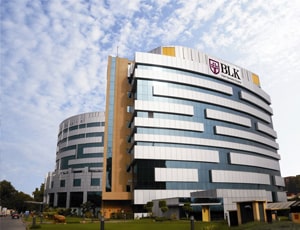
The cost for Face Lift (Face and Neck) ranges from USD 5420 - 6030 in BLK-Max Super Speciality Hospital
BLK-Max Super Speciality Hospital located in New Delhi, India is accredited by NABL. Also listed below are some of the most prominent infrastructural details:
DOCTORS IN 15 SPECIALITIES
FACILITIES & AMENITIES
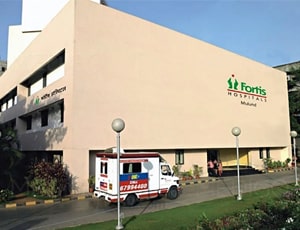
Types of Face Lift (Face and Neck) in Fortis Hospital, Mulund and its associated cost
| Treatment Option | Approximate Cost Range (USD) | Approximate Cost Range (INR) |
|---|---|---|
| Face Lift (Face and Neck) Overall | 2965 - 3634 | 236667 - 300856 |
| Traditional Face Lift | 3298 - 3726 | 268751 - 308101 |
| Mini Face Lift (S-Lift) | 3245 - 3686 | 263640 - 305691 |
| Mid-Face Lift | 3180 - 3551 | 261080 - 297460 |
| Lower Face and Neck Lift | 3212 - 3677 | 259760 - 295664 |
| Thread Lift | 3185 - 3766 | 259777 - 297992 |
DOCTORS IN 13 SPECIALITIES
FACILITIES & AMENITIES
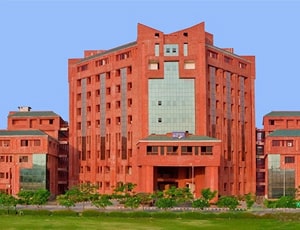
Types of Face Lift (Face and Neck) in Sharda Hospital and its associated cost
| Treatment Option | Approximate Cost Range (USD) | Approximate Cost Range (INR) |
|---|---|---|
| Face Lift (Face and Neck) Overall | 2434 - 3016 | 202084 - 252300 |
| Traditional Face Lift | 2671 - 3166 | 223573 - 255962 |
| Mini Face Lift (S-Lift) | 2689 - 3089 | 220539 - 254405 |
| Mid-Face Lift | 2629 - 3008 | 215239 - 245540 |
| Lower Face and Neck Lift | 2649 - 2992 | 222588 - 246992 |
| Thread Lift | 2626 - 3028 | 215848 - 249192 |
DOCTORS IN 12 SPECIALITIES
FACILITIES & AMENITIES
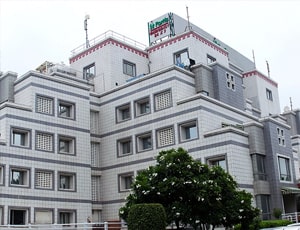
Types of Face Lift (Face and Neck) in Fortis Flt. Lt. Rajan Dhall Hospital and its associated cost
| Treatment Option | Approximate Cost Range (USD) | Approximate Cost Range (INR) |
|---|---|---|
| Face Lift (Face and Neck) Overall | 2655 - 3287 | 216436 - 270698 |
| Traditional Face Lift | 2946 - 3397 | 241819 - 278146 |
| Mini Face Lift (S-Lift) | 2879 - 3360 | 237969 - 274638 |
| Mid-Face Lift | 2854 - 3235 | 232646 - 267310 |
| Lower Face and Neck Lift | 2918 - 3260 | 238821 - 269317 |
| Thread Lift | 2874 - 3339 | 236683 - 271811 |
DOCTORS IN 11 SPECIALITIES
FACILITIES & AMENITIES
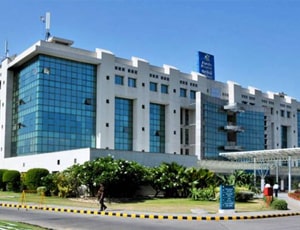
Types of Face Lift (Face and Neck) in Apollo Hospital International Limited and its associated cost
| Treatment Option | Approximate Cost Range (USD) | Approximate Cost Range (INR) |
|---|---|---|
| Face Lift (Face and Neck) Overall | 2659 - 3299 | 216682 - 270196 |
| Traditional Face Lift | 2952 - 3393 | 240789 - 278516 |
| Mini Face Lift (S-Lift) | 2902 - 3341 | 238121 - 275099 |
| Mid-Face Lift | 2842 - 3242 | 232100 - 266963 |
| Lower Face and Neck Lift | 2907 - 3274 | 238091 - 269010 |
| Thread Lift | 2883 - 3343 | 236005 - 274165 |
DOCTORS IN 13 SPECIALITIES
FACILITIES & AMENITIES
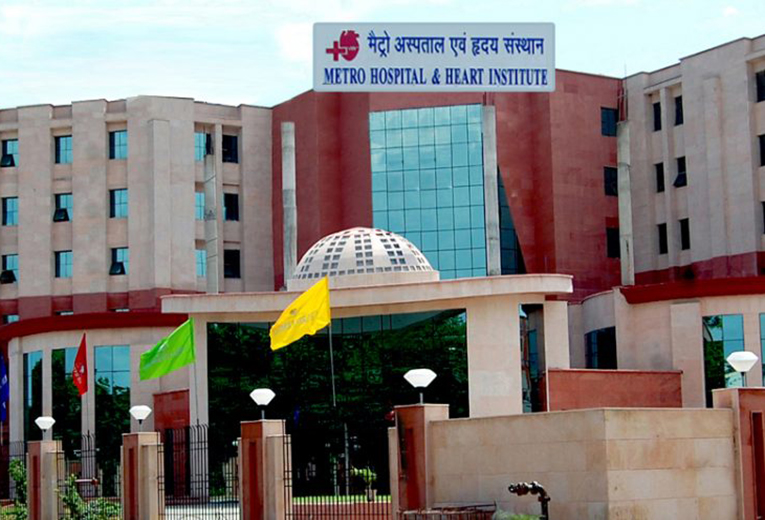
Types of Face Lift (Face and Neck) in Metro Hospital and its associated cost
| Treatment Option | Approximate Cost Range (USD) | Approximate Cost Range (INR) |
|---|---|---|
| Face Lift (Face and Neck) Overall | 2460 - 3085 | 198998 - 251787 |
| Traditional Face Lift | 2677 - 3108 | 224872 - 258584 |
| Mini Face Lift (S-Lift) | 2687 - 3124 | 218668 - 255343 |
| Mid-Face Lift | 2657 - 3007 | 213445 - 248741 |
| Lower Face and Neck Lift | 2672 - 2974 | 218789 - 244785 |
| Thread Lift | 2636 - 3024 | 217479 - 252203 |
DOCTORS IN 12 SPECIALITIES
FACILITIES & AMENITIES
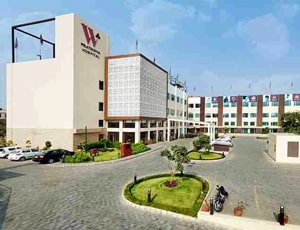
Types of Face Lift (Face and Neck) in W Pratiksha Hospital and its associated cost
| Treatment Option | Approximate Cost Range (USD) | Approximate Cost Range (INR) |
|---|---|---|
| Face Lift (Face and Neck) Overall | 2417 - 2997 | 200579 - 251927 |
| Traditional Face Lift | 2687 - 3114 | 225441 - 256659 |
| Mini Face Lift (S-Lift) | 2663 - 3052 | 218817 - 254041 |
| Mid-Face Lift | 2591 - 2989 | 211462 - 245360 |
| Lower Face and Neck Lift | 2684 - 2997 | 217973 - 250440 |
| Thread Lift | 2638 - 3033 | 218016 - 249634 |
DOCTORS IN 12 SPECIALITIES
FACILITIES & AMENITIES

Dr. Rose Private Hospital located in Budapest, Hungary is accredited by JCI. Also listed below are some of the most prominent infrastructural details:
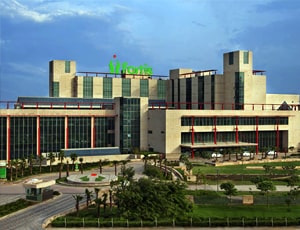
The cost for Face Lift (Face and Neck) ranges from USD 5010 - 5710 in Fortis Memorial Research Institute
Fortis Memorial Research Institute located in Gurugram, India is accredited by JCI, NABH. Also listed below are some of the most prominent infrastructural details:
DOCTORS IN 14 SPECIALITIES
FACILITIES & AMENITIES
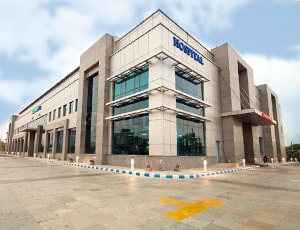
Types of Face Lift (Face and Neck) in Manipal Hospital, Gurugram and its associated cost
| Treatment Option | Approximate Cost Range (USD) | Approximate Cost Range (INR) |
|---|---|---|
| Face Lift (Face and Neck) Overall | 2648 - 3308 | 218116 - 269461 |
| Traditional Face Lift | 2945 - 3393 | 240495 - 279380 |
| Mini Face Lift (S-Lift) | 2886 - 3349 | 237960 - 275574 |
| Mid-Face Lift | 2855 - 3259 | 233317 - 267438 |
| Lower Face and Neck Lift | 2904 - 3261 | 239611 - 269197 |
| Thread Lift | 2880 - 3325 | 235386 - 273343 |
DOCTORS IN 13 SPECIALITIES
FACILITIES & AMENITIES
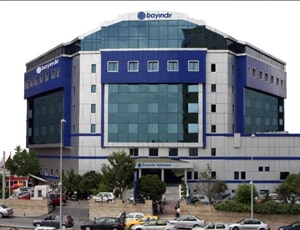
Types of Face Lift (Face and Neck) in Bayindir Healthcare Group and its associated cost
| Treatment Option | Approximate Cost Range (USD) | Approximate Cost Range (TRY) |
|---|---|---|
| Face Lift (Face and Neck) Overall | 3894 - 6098 | 118388 - 182123 |
| Traditional Face Lift | 3981 - 6241 | 119609 - 186685 |
| Mini Face Lift (S-Lift) | 3974 - 6186 | 120734 - 186812 |
| Mid-Face Lift | 3915 - 5984 | 118847 - 177627 |
| Lower Face and Neck Lift | 3935 - 6056 | 123678 - 179699 |
| Thread Lift | 4035 - 5923 | 120662 - 182721 |
DOCTORS IN 11 SPECIALITIES
FACILITIES & AMENITIES
Aging is a natural process and the skin of the face and neck undergo some amount of loosening with time. With the sagging comes creasing of the skin, which makes deep folds and lines. But everyone is interested to hold back the youthful days. This is the reason why face lifting or rhytidectomy has increasingly gained popularity in the United States and other countries as well.
The facial skeleton gets highly affected with the age-related changes that a person experiences. The sagging of the forehead and the facial skin is observed due to slow loss of mass of bony structures of frontal bones, maxilla, and the mandibles. Due to this, an impression of sagging neckline is observed and jowling occurs along the mandible, which deletes the delineation between the neck and the jawline.
Exposure to the sun also leads to changes observed in the facial skin. The epidermis that gets damaged due to exposure to sunlight shows a reduction in the fundamental elements that can slowly cause wrinkles. Disorganization and thickening of the elastic fibers below the skin are noted, which is known as a process called elastosis and degeneration of the dermal collagen appears as well.
In order to get a youthful appearance of the face, a facelift surgery is performed. In this kind of surgery, reshaping occurs in the lower one-third of the face by facilitating removal of the sagging facial skin. Tightening of the underlying tissue is also done in some of the facelift surgeries. The face surgery or lower facelift can be combined with neck lift, or an eyelid surgery, cheeks, brows or forehead surgeries.
Types of Facelift Surgery
There are many types of facelift procedures. Some of the most popular procedures include the following:
Facelift surgery is usually carried out on an outpatient basis. The procedure takes around two to four hours to complete, depending on the extent of the area that requires treatment. The facelift procedure is performed under the influence of local and general anesthesia.
Sometimes, additional procedures may be conducted at the time of facelift surgery. These may include the placement of facial implants, wrinkle reduction through facial fillers, and facial resurfacing for improved skin toning and texture.
The following steps are performed during a typical facelift procedure:
Patients may experience minimal pain after the procedure, which is managed with the help of painkillers. Swelling and bruising are common but patients are advised to use a cold compress to avoid the discomfort.
The dressing is removed within two days of the surgery and physical activity should be limited as much as possible after the procedure. The head should be kept in an elevated position.
A drainage tube may be inserted, which can be removed after a day of the surgery. Facelift recovery time stretches from two to three weeks. The scars and lines gradually grow invisible with time.
Ask your healthcare adviser for the best multiple options and choose the one that meets your expectations
On an average, Face Lift (Face and Neck) in Malaysia costs about $7650. Many multispeciality hospitals which are MSQH certified are approved to operate a Face Lift (Face and Neck) in Malaysia
Different hospitals have different pricing policy when it comes to the cost of Face Lift (Face and Neck) in Malaysia. There are many hospital that cover the cost of pre-surgical investigations of the patient in the treatment package. The comprehensive Face Lift (Face and Neck) package cost includes the cost of investigations, surgery, medicines and consumables. A prolonged hospital stay due to delayed recovery, new diagnosis and complications after surgery may increase the cost of Face Lift (Face and Neck) in Malaysia.
There are several best hospitals for Face Lift (Face and Neck) in Malaysia. Some of the best hospitals for Face Lift (Face and Neck) in Malaysia include the following:
After discharge from the hospital, the patient has to stay for another 10 days in the country for complete recovery. This duration of stay is recommended to complete all the necessary follow-ups and control tests to ensure that the surgery was successful.
There are certain expenses additional to the Face Lift (Face and Neck) cost that the patient may have to pay for. These are the chanrges for daily meals and hotel stay outside the hospital. The extra charges may start from USD 50 per person.
Face Lift (Face and Neck) in Malaysia is offered in almost all metropolitan cities, including the following:
After Face Lift (Face and Neck), the patient is supposed to stay for about 1 days in the hospital for recovery and monitoring. The doctors team review the patient's recovery during this time with the help of blood tests and imaging scans. Once they feel that everything is on track, the patient is discharged.
There are more than 2 hospitals that offer Face Lift (Face and Neck) in Malaysia. The above listed hospitals are approved to perform the surgery and have proper infrastructure to handle Face Lift (Face and Neck) patients. Such hospitals follow all legal protocols and guidelines as specified by the local medical affairs body when it comes to the treatment of international patients.
Some of the renowned medical specialists for Face Lift (Face and Neck) in Malaysia are: